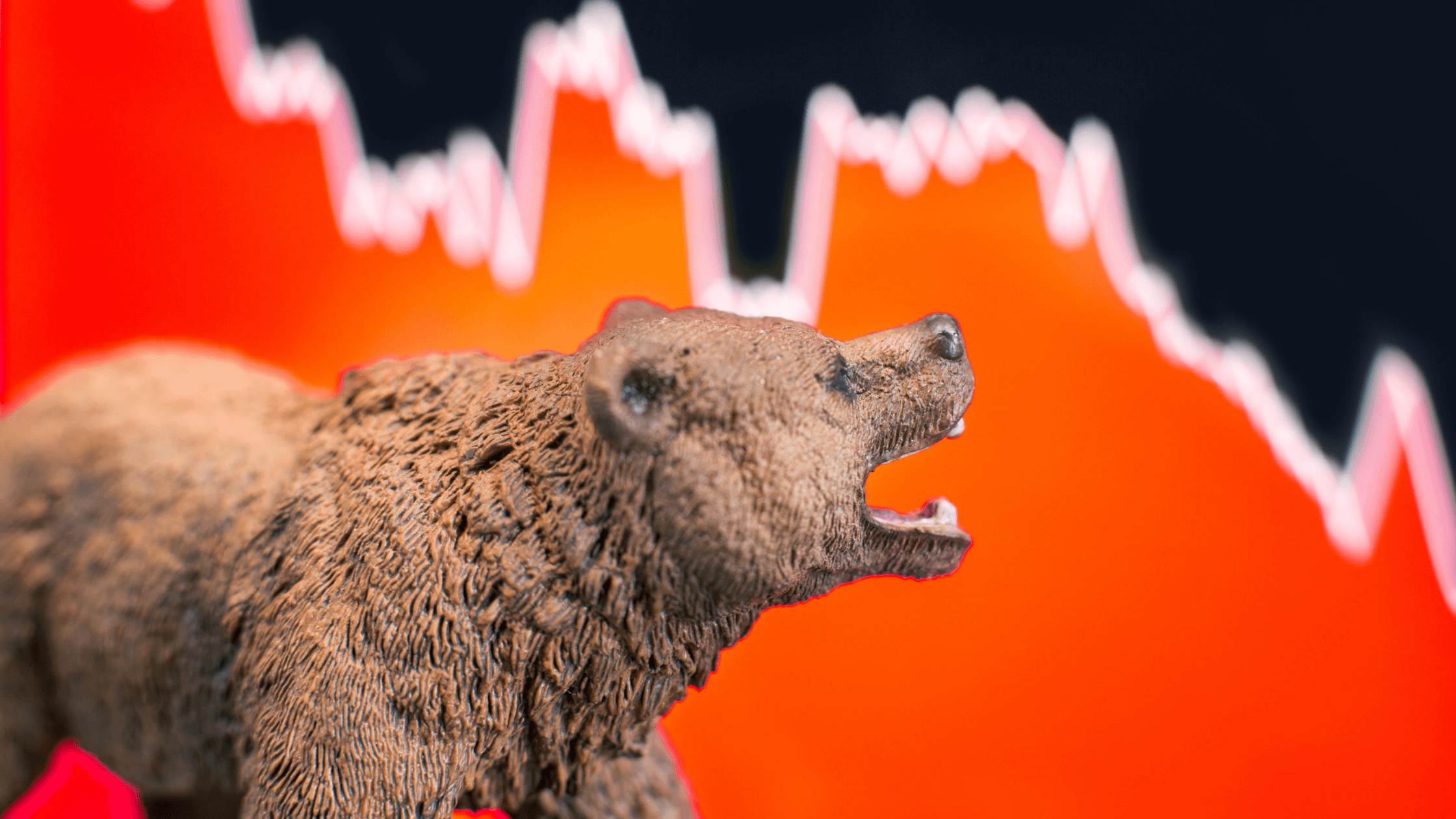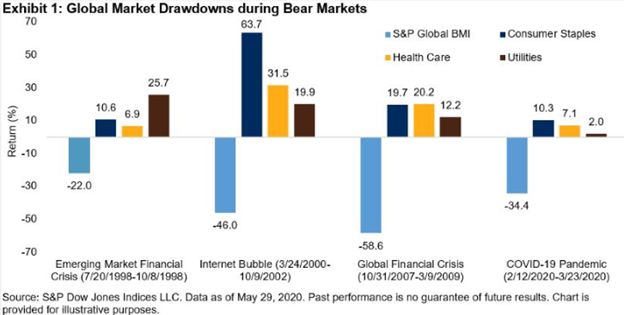Which Stock Sectors Are Defensive in a Bear Market?
September 14, 2022

Investors have just seen the worst day in US stock markets since June 2020. The reason? Higher-than-expected inflation.
For Singapore investors, that matters since a lot of us have exposure to the world’s largest stock market. It’s likely that no one’s portfolio has escaped the carnage that investors have seen so far in 2022.
Yet that also begs the question for all of us investing right now; what sectors are defensive? And which ones have historically proven to be a ballast for portfolios when investing?
One way we can assess where “safety is amid the storm” is by looking at historical bear markets and understanding sector performance.
So, which stock market sectors have proved to be the most defensive? Let’s find out.
Buying into safety…and necessity
When we think about defensive in a bear market for stocks, we want to be invested in sectors that have companies with three key traits:
- Mature businesses
- Profitability and strong cash flows
- Offer necessary products, even amid recessions
Among the 11 Global Industry Classification Standard (otherwise known as “GICS”) sectors, there are perhaps only a handful that can provide all of the above when times turn tough.
It’s no surprise then that, in recent decades, three or the most defensive sectors during periods of market volatility have been healthcare, consumer staples and utilities.
Over the past 30 years or so there have been four major bear markets. As you can see from the chart below by S&P Dow Jones Indices, the drawdowns (in blue) for the S&P Global Broad Market Index (BMI) were ugly.
They ranged from -22% during the Asian Financial Crisis in 1998, all the way up to -58.6% in 2007-2009 during the Global Financial Crisis.
Meanwhile, all three of healthcare, consumer staples and utilities held up extremely well during those bear markets.

Understanding how the market thinks
If these three sectors performed well, it stands to reason that they would outperform amid the current bear market as well.
That stands to be true, at least in the US when compared to the S&P 500 Index. So far in 2022, while the S&P 500 is down around 18%, the MSCI USA Utilies Index is up 4.5%, MSCI USA Healthcare Index is down 11% and the MSCI USA Consumer Staples Index is up 3.2%.
So, while healthcare is down, it’s still outperforming the broad S&P 500 Index while readers may be surprised that anything (besides energy) is up so far this year.
Yet at the end of the day, the stock market values certainty and cash flow in times of distress. And for the business models offered up by those three sectors, they tend to have many mature and cash-generative businesses.
Furthermore, the goods they sell – from medication (healthcare) to toothpaste (consumer staples) to your electricity or water (utilities) – they’re all things we can’t live without.
Investing defensively or going on the attack?
For investors, what we do in times of uncertainty can shape our future returns. Unsurprisingly, growth stocks have been hit hard during the current sell-off.
Some investors may feel that they find their valuations a lot more attractive at the current level. Meanwhile, other investors may want to build up positions in dividend-paying defensive stocks.
Overall, it’s up to individuals’ own risk appetites in terms of how they invest during a bear market.
What can be said, though, is that everyone can benefit from being diversified and owning a few defensive stocks amid stormy markets.

Tim Phillips
Tim, based in Singapore but from Hong Kong, caught the investing bug as a teenager and is a passionate advocate of responsible long-term investing as a great way to build wealth.
He has worked in various content roles at Schroders and the Motley Fool, with a focus on Asian stocks, but believes in buying great businesses – wherever they may be. He is also a certified SGX Academy Trainer.
In his spare time, Tim enjoys running after his two young sons, playing football and practicing yoga.





